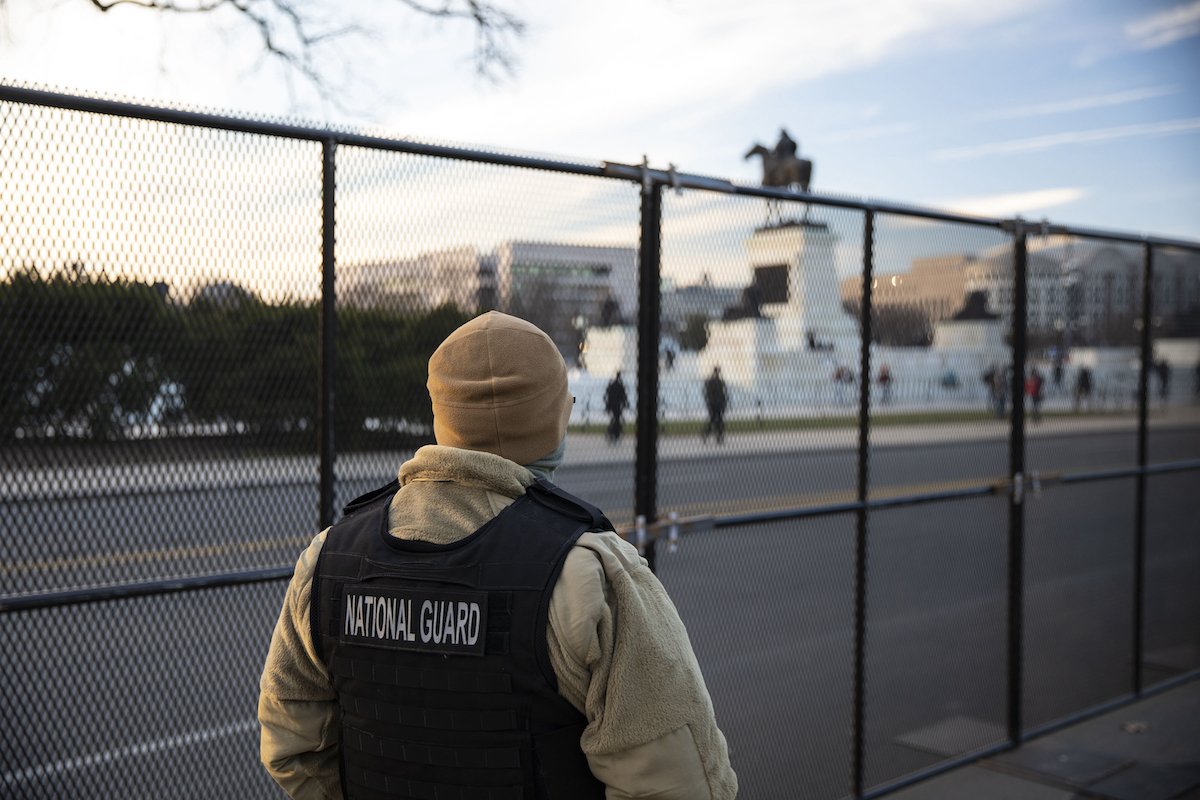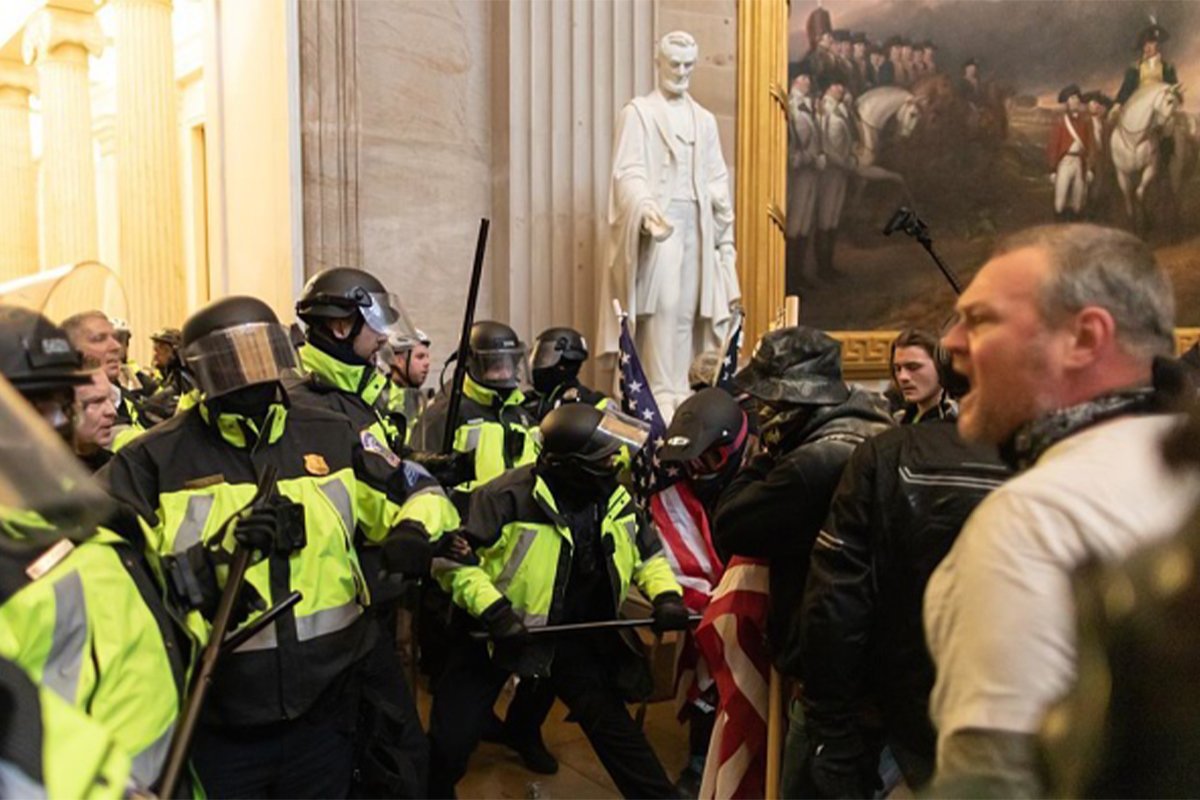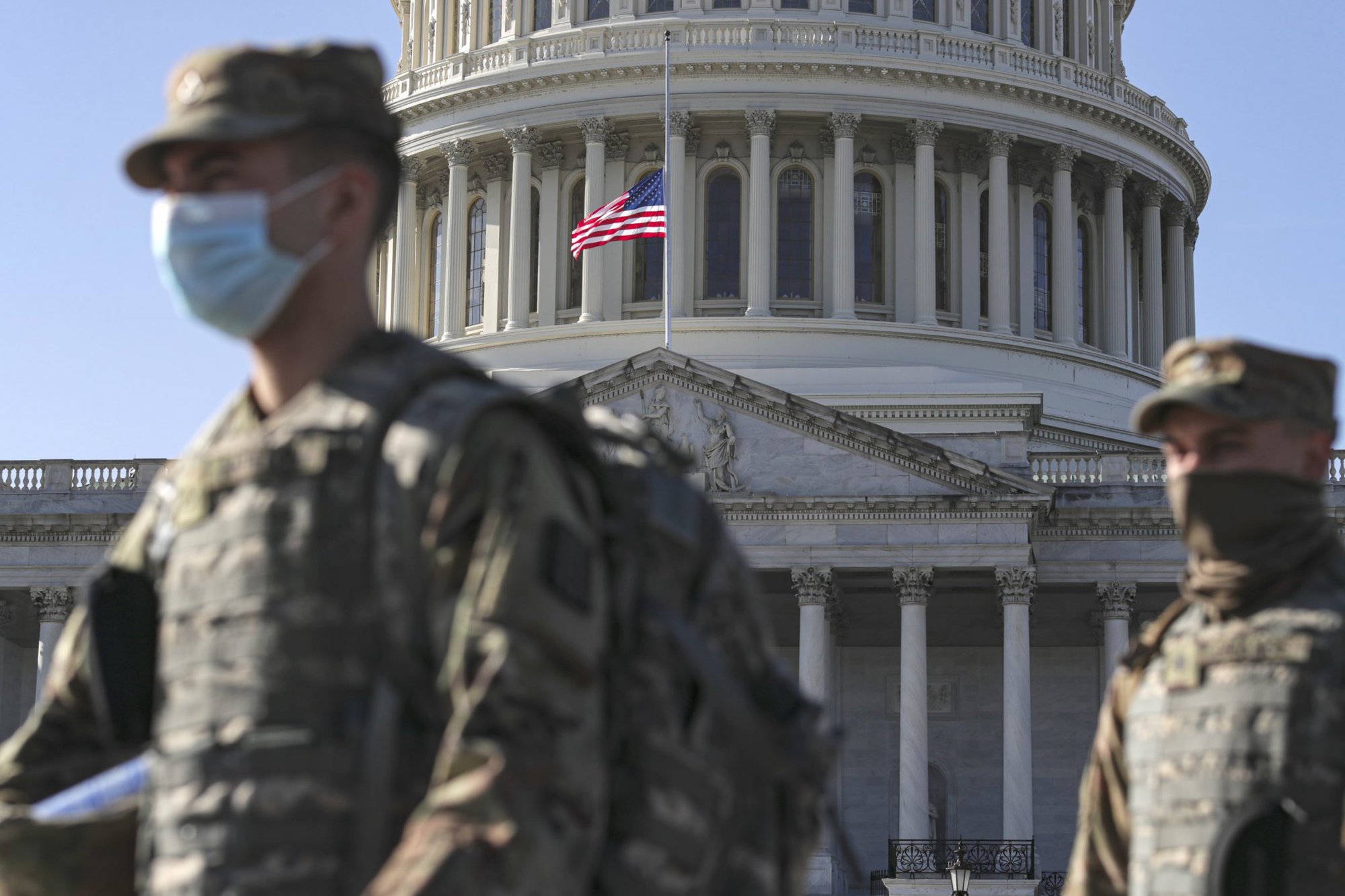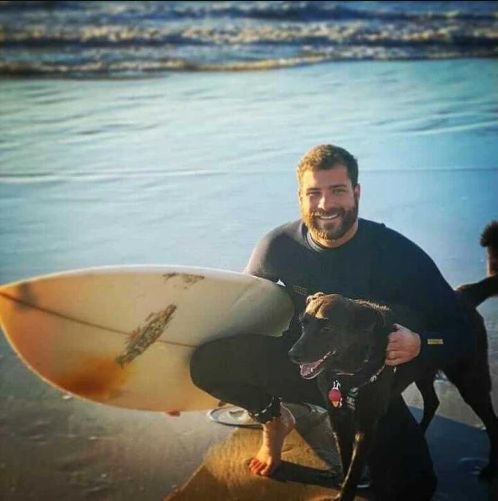
Military force is a “last resort” for use on US soil, an official Pentagon review concluded, even against a threat like the Jan. 6 riots. Given that underlying principle, the report found, Pentagon leaders acted appropriately by not deploying forces to the Capitol during the riots that forced members of Congress to adjourn while certifying the presidential election and flee to safer areas.
However, one general said that the 150-page report, which the Department of Defense Office of Inspector General released Tuesday, Nov. 16, was off-base about his performance. Maj. Gen. William Walker, the former commander of the District of Columbia National Guard, said the report incorrectly accused him of not getting his troops — the only US military personnel assigned to security that day — to respond quickly enough.
But outside of the National Guard’s role on Jan. 6, the review highlighted that the role of the military was to defend the United States against external forces, and it should be used at home only as a last resort. Christopher Miller, who was the acting secretary of defense at the time of the riots, views the deployment of military troops to the Capitol not as a tactical consideration but as one of constitutional control, according to the report.
“There was absolutely no way … I was putting U.S. military forces at the Capitol, period,” Miller told OIG investigators, saying he “made a very deliberate decision that I would not put U.S. military people [near the Capitol]. And the reason for that was I knew if the morning of the 6th or prior if we put U.S. military personnel on the Capitol, I would have created the greatest Constitutional crisis probably since the Civil War.”

The DOD and its leaders came under scrutiny in January for their perceived failure to respond when the protests at the Capitol turned violent. Approximately 300 National Guard members were in Washington, assigned traffic and crowd-control duties. But beyond its support of local law enforcement, there was little the DOD could do in a timely fashion, according to the OIG report.
The report lays out a timeline of decisions by Pentagon and local leaders in the days leading up to the riot.
Washington Mayor Muriel Bowser requested National Guard support one week before the protests under specific guidelines that none of the guard members would be armed and at no time would they be used for anything outside of crowd management and traffic control. At the Pentagon, Miller approved the request on the condition that a federal agency take the lead and that military members be used only as a last resort. He believed the presence of the National Guard at the Capitol would create the impression that the military was involved in the electoral process.
A day before the protests were set to take place, Miller authorized then-Secretary of the Army Ryan McCarthy to assemble a 40-man quick reaction force stationed 12 miles away at Joint Base Andrews that could be dispatched as a last resort.
Calls for help at the Capitol began to pour in just before 2 p.m. and continued coming throughout the afternoon. At 2:20 p.m., during a conference call between senior Army officials, local officials, and Capitol Police, National Guard support was requested at the Capitol, according to the report. Miller approved the guard mobilization at 3:04 p.m.
The report painted a picture of miscommunication between the police and the Pentagon in the hours that followed, which led to allegations that the DOD was refusing to assist law enforcement. At 3:48 p.m., McCarthy left the Pentagon and went directly to the Metropolitan Police Department headquarters. The 40-man QRF group, reinforced by additional Guardsmen, finally arrived at the Capitol at 5:55 p.m. to help law enforcement secure the grounds.

It was the account of this time frame that Walker took issue with. According to the report, Walker had to be told twice to send troops to the Capitol, but the former general said that never happened.
By his account, Walker got the call to deploy his troops at 5:08 p.m. and immediately dispatched the soldiers. The Washington Post reported late Thursday that Walker had called for the report to be retracted.
Reflecting on the events of Jan. 6, members of the DOD acknowledged that although civilian leaders wanted things to be done faster, it was simply too tall of an order. But that didn’t stop the police from accusing the Pentagon of dragging its feet during an emergency. McCarthy said that there had been a “lack of clarity, and a lack of focus, rehearsal, and preparation,” according to the report.
Lt. Gen. Walter Piatt, director of the Army Staff, told investigators that the National Guard had actually performed well above par. Over the course of a few hours, Piatt said, the soldiers had to pull out of one mission — traffic and crowd control — and reequip for an entirely different mission. The guard units suddenly found themselves in a mission they’d had reason to believe was 100% out of the question just hours before.
Also, the military moves large numbers of troops at one time, Piatt noted, a process that is necessarily slower than that of law enforcement and first responders, who can respond in single vehicles or even as individuals.
“I think they did [it] extremely fast and I don’t think anyone delayed them,” Piatt said, according to the report. “I think there’s confusion, there’s fog, there’s friction, there’s frustration, but we knew that we could not just commit a force to an unknown mission.
“If we would have piecemealed forces in there without a mission we would have run the risk of doing incredible harm and probably losing the force that was going to be needed to secure the Capitol.”
Read Next:

Dustin Jones is a former senior staff writer for Coffee or Die Magazine covering military and intelligence news. Jones served four years in the Marine Corps with tours to Iraq and Afghanistan. He studied journalism at the University of Colorado and Columbia University. He has worked as a reporter in Southwest Montana and at NPR. A New Hampshire native, Dustin currently resides in Southern California.
BRCC and Bad Moon Print Press team up for an exclusive, limited-edition T-shirt design!
BRCC partners with Team Room Design for an exclusive T-shirt release!
Thirty Seconds Out has partnered with BRCC for an exclusive shirt design invoking the God of Winter.
Lucas O'Hara of Grizzly Forge has teamed up with BRCC for a badass, exclusive Shirt Club T-shirt design featuring his most popular knife and tiomahawk.
Coffee or Die sits down with one of the graphic designers behind Black Rifle Coffee's signature look and vibe.
Biden will award the Medal of Honor to a Vietnam War Army helicopter pilot who risked his life to save a reconnaissance team from almost certain death.
Ever wonder how much Jack Mandaville would f*ck sh*t up if he went back in time? The American Revolution didn't even see him coming.
A nearly 200-year-old West Point time capsule that at first appeared to yield little more than dust contains hidden treasure, the US Military Academy said.












